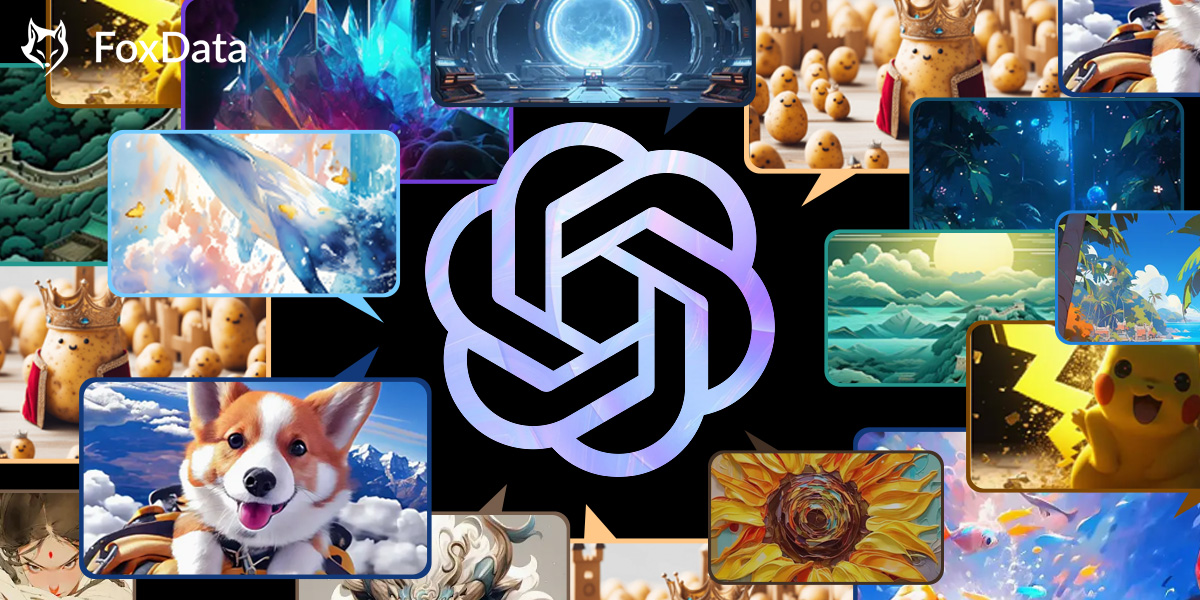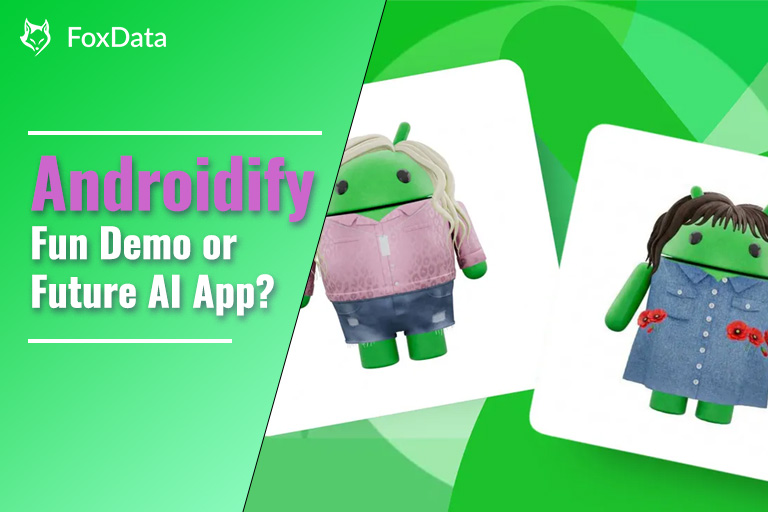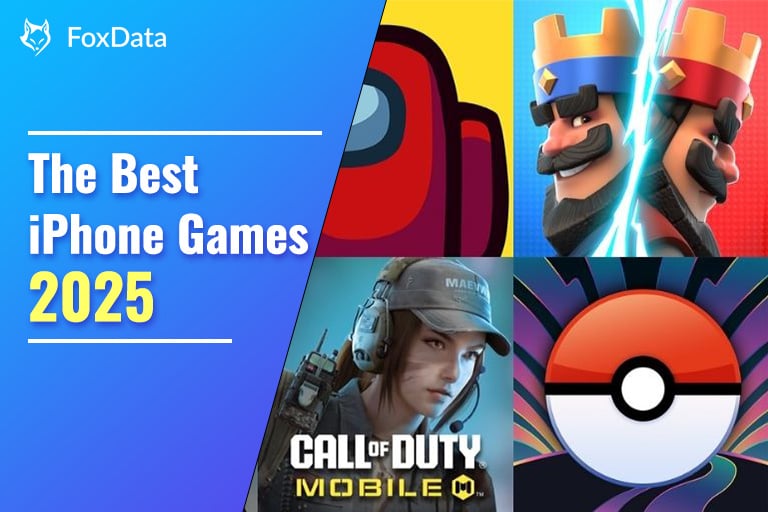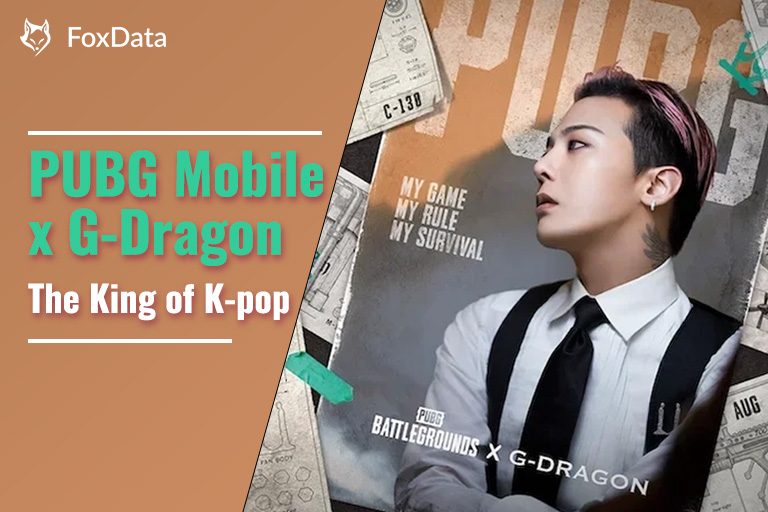OpenAI Introduces Dall-E 3, an Advanced Text-to-Image Generator with ChatGPT Integration

OpenAI has unveiled its latest innovation, Dall-E 3, a text-to-image generator that promises to capture even more nuance and detail compared to its predecessors. While this advancement is eagerly anticipated by many, concerns regarding AI-generated art copyrights continue to linger.
Building on the success of its earlier generative AI projects, OpenAI has introduced Dall-E 3, a powerful text-to-image generator. This upgraded model boasts the capability to comprehend text prompts with "significantly more nuance and detail" than previous versions, enabling it to produce more accurate images. While the model is currently in the "research preview" phase, it will soon be accessible to ChatGPT Plus and Enterprise subscribers starting next month.
In a marketplace already populated with text-to-image generators like Midjourney, Stable Diffusion, and OpenAI's previous DALL-E models, OpenAI asserts that existing systems often overlook certain words or descriptions. "Dall-E 3 represents a significant leap forward in our ability to generate images that faithfully reflect the provided text," the company declared in a blog post.
What sets Dall-E 3 apart is its integration with ChatGPT, OpenAI's renowned chatbot. This synergy allows users to fine-tune the images generated by Dall-E 3 using ChatGPT.
However, the expansion into the text-to-image domain has raised concerns. OpenAI initially entered this space with the creation of Dall-E in 2021, gaining substantial attention with the launch of Dall-E 2, which could produce "more realistic and precise images with four times the resolution."
By September 2022, OpenAI reported over 1.5 million active users generating more than 2 million images daily, a number that likely increased when Dall-E 2 became widely available the same month.
The Last 15 Days of the Limited Campaign
Don't miss out on the lowest price in history, Join FoxData and start your journey now!
📈 50% off - ANY plan for Mobile App Analytics
🚀 10% off - ANY plan for Apple Search Ads campaign
🎁 ANY Complimentary above Plan - Buy ANY Custom Solutions

Yet, the use of text-to-image generators has sparked apprehensions, particularly regarding their potential to create realistic images that could be misused for disinformation. To address these concerns, OpenAI has taken measures to limit Dall-E 3's ability to generate violent, adult, or offensive content, mirroring steps taken with its earlier models. These enhancements include improved safety in areas like generating images of public figures and reducing harmful biases related to visual representation.
Artists have also raised objections to text-to-image generators, claiming that many employ their work as training data to generate new content. OpenAI has addressed this by making Dall-E 3 decline requests for images "in the style of a living artist" and offering creators the option to exclude their images from future training data for image generation models.
Furthermore, OpenAI asserts that users own the images generated with Dall-E 3 and do not require the company's permission to reproduce, sell, or merchandise them. However, the legal landscape surrounding AI-generated images and copyrights remains ambiguous. Recently, a U.S. court ruled that AI-generated artwork cannot be copyrighted, emphasizing the need for human involvement in valid copyright claims.
As OpenAI continues to innovate in the field of AI-generated art, the impact on copyright and creative ownership remains a subject of ongoing debate.
Now just join FoxData and embark on a journey of marketing excellence as we unveil the latest industry news, unveil powerful growth strategies, and present cutting-edge measurement solutions.
With FoxData as your guide, watch your performance soar to new heights!






